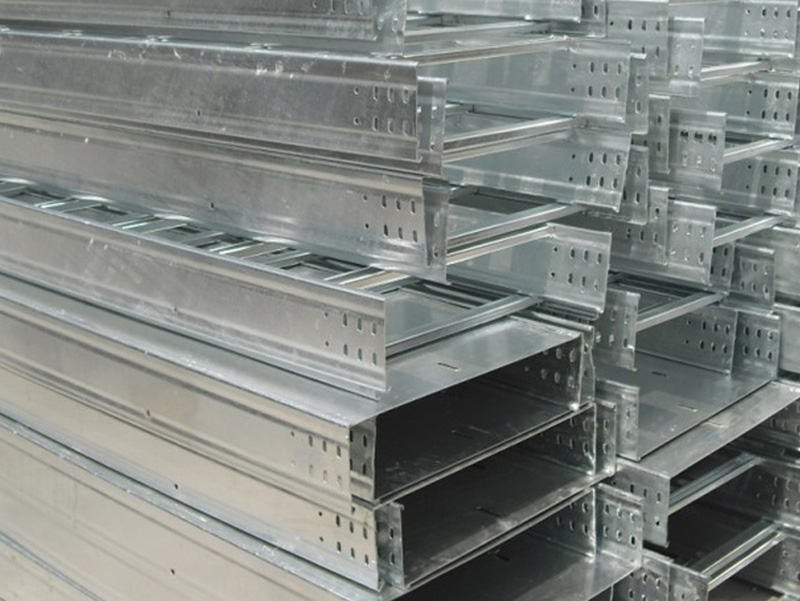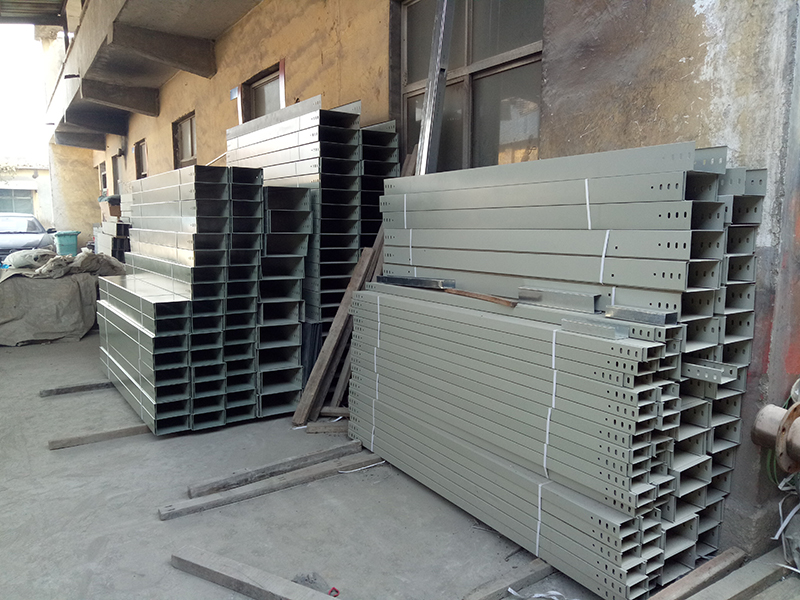先说目的用途,它们两个是一样的,电缆支架还是电缆桥架它们的终目的都是用来敷设电缆线。
First of all, let's talk about the purpose and purpose. They are both the same, and the ultimate purpose of cable supports and cable trays is to lay cables.
电缆敷设在电缆沟和隧道内,一般多使用支架固定。常用的支架有角钢支架和装配式支架。
Cables are laid in cable trenches and tunnels, usually fixed with brackets. Commonly used brackets include angle steel brackets and prefabricated brackets.
电缆桥架分为槽式、托盘式和梯架式、网格式等结构,由支架、托臂和安装附件等组成。建筑物内桥架可以独立架设,也可以敷设在各种建(构)筑物和管廊支架上
Cable trays are divided into slot type, tray type, ladder type, and grid type structures, consisting of brackets, brackets, and installation accessories. The bridge in the building can be erected independently or laid on various buildings (structures) and pipe rack supports

不过使用环境用途不一样,电缆支架通常用在地下管廊电缆沟和隧道中,这类项目跨距建议一般是0.8m、1m左右,当电缆跨越距离较大时,就得用到电缆桥架了,一般普通住宅、公建、工业厂房、钢结构建筑项目都是用电缆桥架,电缆桥架常规长度为2米一条,大跨距电缆桥架更是可以达到3米6米以上。
However, the usage environment is different. Cable supports are usually used in underground pipe galleries, cable trenches, and tunnels. The recommended span for such projects is generally around 0.8m or 1m. When the cable span distance is large, cable trays are needed. Generally, cable trays are used in ordinary residential, public, industrial, and steel structure construction projects. The usual length of cable trays is 2 meters, and large span cable trays can reach more than 3-6 meters.
桥架的跨距长度大了,自然桥架的载荷能力比电缆支架更高。
The span length of the bridge has increased, and the load capacity of the natural bridge is higher than that of the cable support.
至于材质方面,电缆支架还是电缆桥架它们2个都是可以用钢制、玻璃钢或者复合材料制作的,用于满足不同防腐需求的场所使用。
As for the materials, both cable supports and cable trays can be made of steel, fiberglass, or composite materials to meet different anti-corrosion needs.

 槽式电缆桥架安装高度为什么有标准?
槽式电缆桥架安装高度为什么有标准?